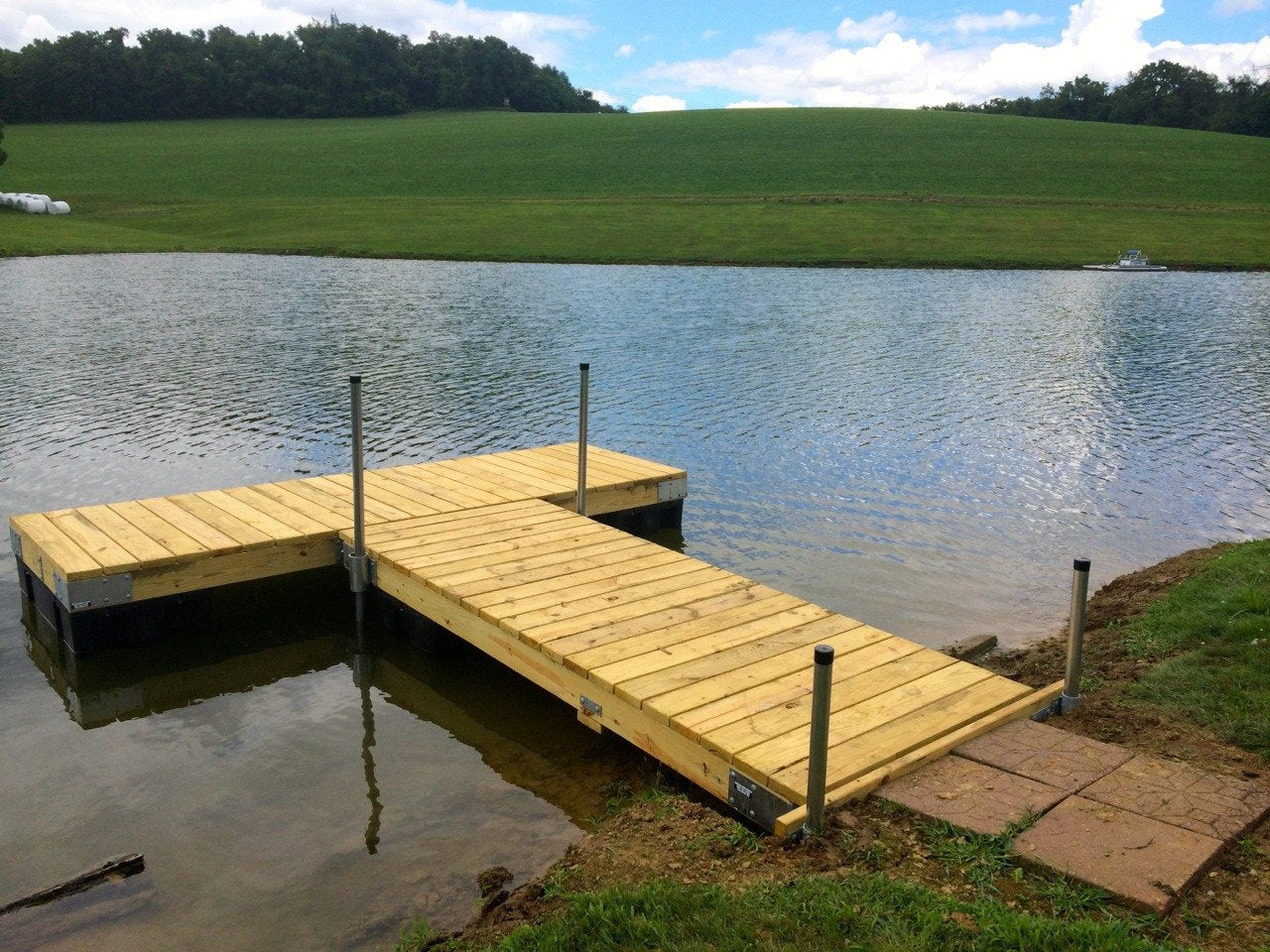The honest answer to the question, based on three decades of dock and dock hardware manufacturing, is “numerous”. The issues facing those charged with designing, funding, building, using and maintaining a floating system of rectangles upon which many reputations and livelihoods are based becomes complicated when attempting to put together a coherent plan to address the needs of those accessing today’s waterfronts. This article will address two pieces of this puzzle - dock hardware and fastener issues and provide guidance for making smart decisions when purchasing.
Dock Hardware
Generally speaking, dock hardware, for purposes of this article, means those metal parts fabricated for the purpose of holding together lumber in a dynamic environment. There are a number of major manufacturers of dock hardware creating parts to assist dock builders in making sturdy floating rectangles, capable of providing long lasting service in an ever-changing waterfront. Thankfully, when attempting to make a good decision with regard to dock hardware, you do not have to be a structural engineer to make a smart decision about dock hardware.
When evaluating steel hardware, a simple rule of thumb applies - the more steel one has in the part the stronger the part will likely be. American Muscle Docks offers many thicknesses of the steel comprising the angles and horizontal inside corner gussets of our basic wood dock hardware. Residential grade 3/16” thick - high strength carbon steel hardware is used in calm, protected areas. Heavy Duty grade hardware, used in rougher areas, uses 1/4” or 3/8” thick, high strength carbon steel. All American Muscle Docks grades of hardware use 3/4” male tabs and double 1/2” female tabs. The male/female tabs are an important element when it comes to ease of removal and installation.
Many marinas need to remove their dock at the end of the season and the capability to connect and disconnect dock sections, without difficulty, is a contributing factor. Our 2-1/2” mitered gussets, welded into the inside corners, help to keep the docks from twisting when the docks are under stress. After fabrication, the dock hardware is hot-dipped galvanized with a heavy coating of Zink (specifically to ASTM-A-123 standard). The process of galvanizing outside corners tends to “spring” the outside corners out of square. American Muscle Docks takes the time to re-square every outside corner after galvanizing. The steel thicknesses, fabrication and coating amounts are generally viewed as industry standards. Smart dock shoppers will see hardware manufactured by various companies that looks similar, but upon closer inspection, the steel may not be as thick, male connecting tabs will be 1/2” thick instead of 3/4”and round bar will be used instead of mitered inside corner gussets. This hardware may look similar, but remember the rule of thumb - the more steel, the stronger the hardware. When - not if - the water becomes rough, your smart shopping and close attention to the amount of steel contained in your hardware and the amount of hardware used in framing your dock will provide the best chance against the wrath of Mother Nature.
Fasteners
Simply put, use stainless steel fasteners, or hot-dipped galvanized bolts, nuts, washers, etc. when considering the type of fasteners for a dock. A few extra pennies spent on coated fasteners will ensure your dock lasts its full life. American Muscle Docks offers fastener sets that beat your local hardware store prices.
Decking fastener choices are driven by the type of decking one intends to use. The majority of wood docks use treated southern yellow pine. We recommend stainless steel wood screws as the best option. This option is a bit more expensive, but the low maintenance and long life makes this choice the best value.
What about fasteners for composite decking? Today’s composite decking companies will recommend fasteners that work well with their products. Most of the composite brands of decking will swell or “mushroom” around the top of a standard wood screw. Using the fastener recommended for their product will eliminate the swelling at the point of attachment. Due to the numerous types of composites available today, as well as plastic panels, it is best to inquire about the manufacturer’s recommended fastener.




